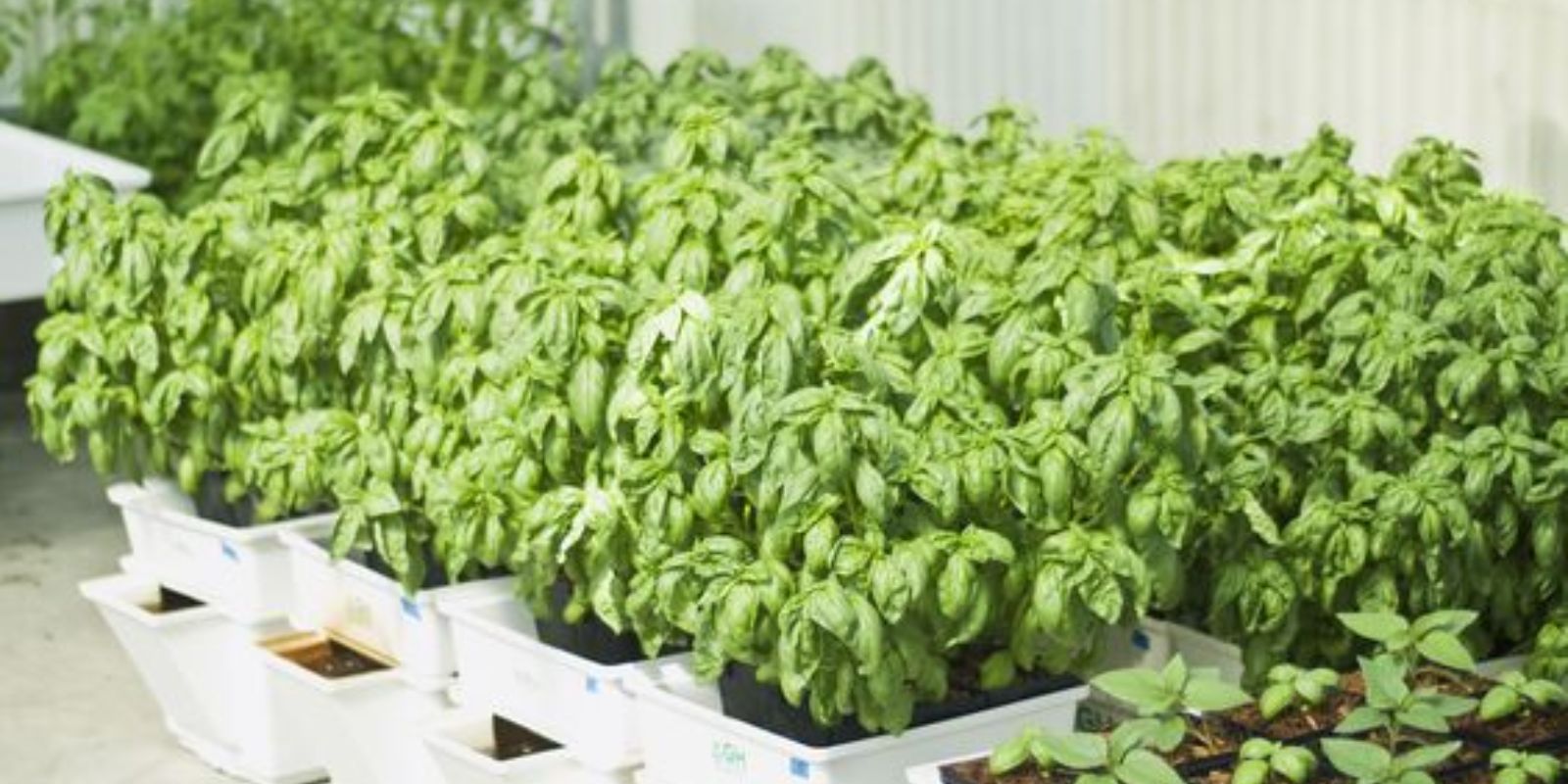Introduction
Hydroponic gardening offers a modern and efficient way to grow fresh vegetables and herbs without traditional soil. This method uses a nutrient-rich water solution to nourish plants, providing them with all the essential nutrients they need. For beginners, starting a hydroponic garden at home might seem daunting, but with the right steps and some basic equipment, you can easily embark on this rewarding gardening journey. In this article, we will guide you through the process of setting up a simple hydroponic system, perfect for those new to this innovative method.
1. Choose Your Hydroponic System
Selecting the right hydroponic system is the first step in your journey. For beginners, simpler systems are generally more manageable. Two popular options are:
- Kratky Method: Also known as Deep Water Culture (DWC), this method involves floating plant roots in a nutrient solution. It is one of the simplest hydroponic systems, requiring minimal equipment.
- Deep Water Culture (DWC): This system uses a reservoir filled with nutrient solution and an air pump to oxygenate the water, ensuring healthy root growth.
Both methods are effective and relatively easy to set up, making them ideal for those new to hydroponics.
2. Prepare the Nutrient Solution
The nutrient solution is crucial for plant health. It provides all the essential minerals and nutrients required for optimal growth. To prepare your solution:
- Purchase a Hydroponic Nutrient Mix: Look for a complete hydroponic nutrient mix, which includes essential macro and micronutrients.
- Mix According to Instructions: Follow the manufacturer’s instructions for mixing the nutrient solution with water. Use distilled or filtered water to avoid impurities that could harm your plants.
- Check pH Levels: Use a pH meter to ensure the solution is within the optimal pH range (usually between 5.5 and 6.5). Adjust the pH if necessary using pH up or down solutions.
3. Set Up Your Grow Containers
Your choice of containers will depend on the hydroponic system you’ve chosen. For the Kratky or DWC methods, you’ll need:
- Containers: Use plastic containers or buckets that can hold the nutrient solution. Ensure they are opaque or cover them to prevent algae growth.
- Net Pots: These hold the plants in place and allow roots to grow into the nutrient solution. Choose a size appropriate for the plants you intend to grow.
- Growing Medium: Use inert media like rock wool, perlite, or coconut coir to anchor the seeds or seedlings in the net pots.
4. Install Grow Lights
Since hydroponic gardens often lack natural sunlight, grow lights are essential. Options include:
- LED Grow Lights: Energy-efficient and customizable, LED lights are great for providing the full spectrum of light plants need.
- Fluorescent Lights: Compact fluorescent lights (CFLs) or T5 tubes can also work well, especially for small setups.
Place the lights above your plants, adjusting the height as they grow to ensure they receive adequate light without being too close.
5. Plant Your Seeds
Starting your plants is an exciting step:
- Germinate Seeds: Begin by germinating seeds in a starter medium like rock wool or peat pellets. Moisten the medium and place the seeds according to the seed packet instructions.
- Transfer to Hydroponic System: Once seeds have sprouted and developed a few leaves, carefully transfer them into the net pots filled with your chosen growing medium. Place the pots into the hydroponic system, ensuring the roots are in contact with the nutrient solution.
6. Monitor and Adjust
Regular monitoring is key to a successful hydroponic garden:
- Check Nutrient Levels: Ensure that the nutrient solution remains at the correct concentration. Top up the solution as needed and replace it periodically to prevent nutrient imbalances.
- Adjust pH Levels: Regularly check and adjust the pH of the nutrient solution to maintain the optimal range.
- Inspect Plants: Look out for signs of nutrient deficiencies or pests. Healthy plants should have vibrant leaves and steady growth.
7. Harvest and Enjoy
After weeks of growth, it’s time to enjoy the fruits of your labor:
- Harvesting: Depending on what you’re growing, harvest your vegetables or herbs when they reach maturity. For leafy greens, you can harvest individual leaves as needed.
- Clean Up: After harvesting, clean your system thoroughly to prevent any disease or pest issues for future crops.
Motivation
Starting a hydroponic garden at home is an empowering way to grow your own fresh produce and herbs. It’s not only a fun and educational experience but also offers the satisfaction of cultivating plants in a controlled environment. With a bit of initial setup and regular care, you can enjoy a bountiful harvest and add a touch of green to your living space. Dive into hydroponics and transform your home into a thriving indoor garden! 🌱💧

